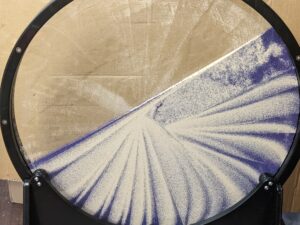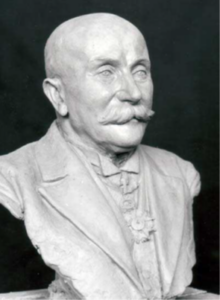Avalanche Simulator
Tasks
|
||||||
MathsRock avalanches are a destructive force and a danger to people and buildings. Understanding the chances of landslides, and how far slides are likely to travel is important when planning how to use land. Factors that affect separation include size of the slope, the types of rock, and the proportion of small and large rocks. When rocks fall, they separate into different layers, which affect how they roll and how fast they travel. This separation is caused by smaller rocks moving downwards as they fall into spaces, and larger rocks moving upwards as they roll. Separation is less noticeable when there are only a few large rocks, but when the proportions are equal, the different sizes separate into different layers. Once they have separated, the different layers of rock are then stable, so they continue to flow without further mixing between the layers. This separation significantly influences the avalanche’s speed, distance and direction of travel, and is an important factor in the modelling and prediction of landslides. |
||||||
HistoryThe first attempt to model avalanche behaviour was by Swiss engineer Henri Lagotala, who wanted to understand the effect of an avalanche on a ski-lift pylon in preparation for the 1924 Winter Olympics. Lagotala’s used a simple model that treated the avalanche as a sliding, rigid, block. In 1989, a more complete model was established by Savage and Kolumban Hutter. Their model was based on the flow of granular material, which applies to snow avalanches and rockfall. Modern avalanche models continue to improve and are used when planning infrastructure and mountain rescues. |
||||||
People
|
||||||
ApplicationsSimulations of avalanches can predict the distance, speed and impact of an avalanche, and can be modelled for different terrains. These predictions are important when planning land use, infrastructure and rescue services. These simulations are based on the maths and physics of rock flows. |
||||||
Maths at HomeA similar effect can be seen when eating a packet of nuts, or muesli. In that case, shaking the packet will cause the larger nuts to rise to the top. This is known as the brazil nut effect. The brazil nut effect is not just caused by smaller nuts falling to the bottom, but also larger nuts rising to the top. You can try this experiment yourself. Place two coins at the bottom of a jar and fill the rest of the jar with rice. Shake the jar up and down, and you will see the coins rise to the top. |



